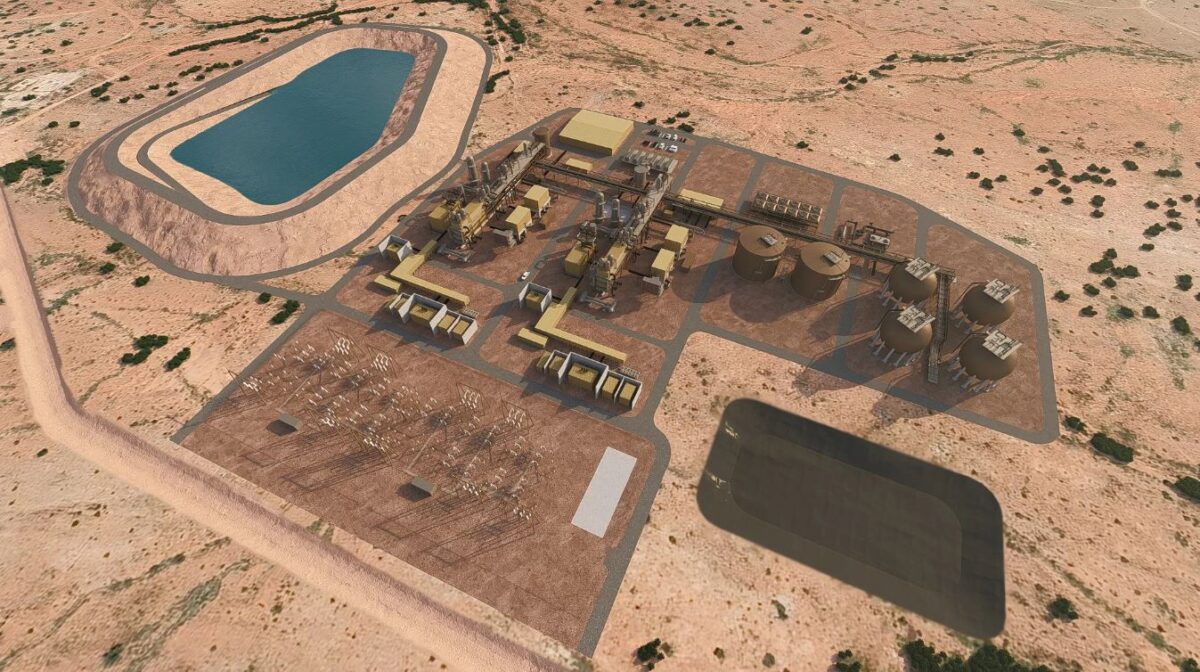New report highlights value of long-duration storage
State and federal governments are being urged to ramp up deployment of long-duration energy storage after a new report found significant capacity additions would result in 38% lower system costs than alternatives while playing a critical role in maintaining reliability as coal plants retire over the next decade.
September 16, 2024 pv magazine

Image: Hydrostor
Share
    
A report by Sydney economics consultancy Endgame Economics, completed for a group of long-duration energy storage (LDES) developers including Hydrostor, found that a portfolio of grid-connected energy storage systems across different durations is essential to provide resilience, system benefits and lower costs compared to portfolios composed of only shorter-duration storages.
Endgame calculated the long-run marginal cost (LRMC) across four different scenarios from 2035-40, finding that a mixed portfolio of storage options was 38% cheaper than alternatives, at $90 (USD 60.40) per MWh compared to $145 per MWh for a system reliant on two-hour storage.
The report comes as policymakers and industry continue to grapple with how to maintain reliability and keep costs down as coal plants across Australia retire, pointing to a clear need for long-duration storage that can deliver electricity to the grid for eight-plus hours.
Modelling by Endgame shows Australia will require anywhere from 25 GW to 45 GW of energy storage capacity by 2040 depending on renewable deployment, the mix between solar and wind and coal retirements.
Endgame said that while short (two-hour) and medium (four-hour) storage is being rapidly built across Australia, uptake of long-duration storage has been slower as policy support and market incentives have been limited. With clear mechanisms in place helping to attract short-duration storage projects, developers are urging policymakers to shift their attention to long-duration storage.
Martin Becker, senior vice-president of origination and development at Hydrostor, said Australia’s policymakers have done an excellent job of attracting intermittent renewables and short-duration storage projects into the energy system, making Australia a world leader in solar and lithium battery storage
“Now, focus needs to shift to the next frontier of the energy transition; long-duration storage,” he said.
“Coal-fired power stations still account for a significant proportion of our energy generation, and they do most of the heavy-lifting overnight. Long-duration storage offers an emission-free, like-for-like replacement that can play the same role at far lower cost than lithium BESS.”
Becker said that a failure to investing in these types of projects today will mean “limited availability of deeper and cheaper storage to deliver reliable, affordable energy post-2030.”
Canada-headquartered Hydrostor is planning to build a 200 MW energy storage system with eight hours of storage capacity near Broken Hill in western New South Wales.
The proposed 200 MW / 1,600 MWh Silver City Energy Storage Project will utilise advanced compressed air energy storage (A-CAES) technology that draws surplus wind and solar energy from the grid when it is cheap to drive an air compressor. That compressed air is to be sent down a disused mine shaft into an underground storage cavern.
When energy is required, compressed air is sent back up the shaft to drive a turbine, which generates electricity that can be used to stabilise the local grid, provide energy for the town, or be sold into the National Electricity Market.
Hydrostor is aiming to take a final investment decision on the project late this year or early next with the facility to commence operations by as early as 2027.
pv-magazine-australia.com |





